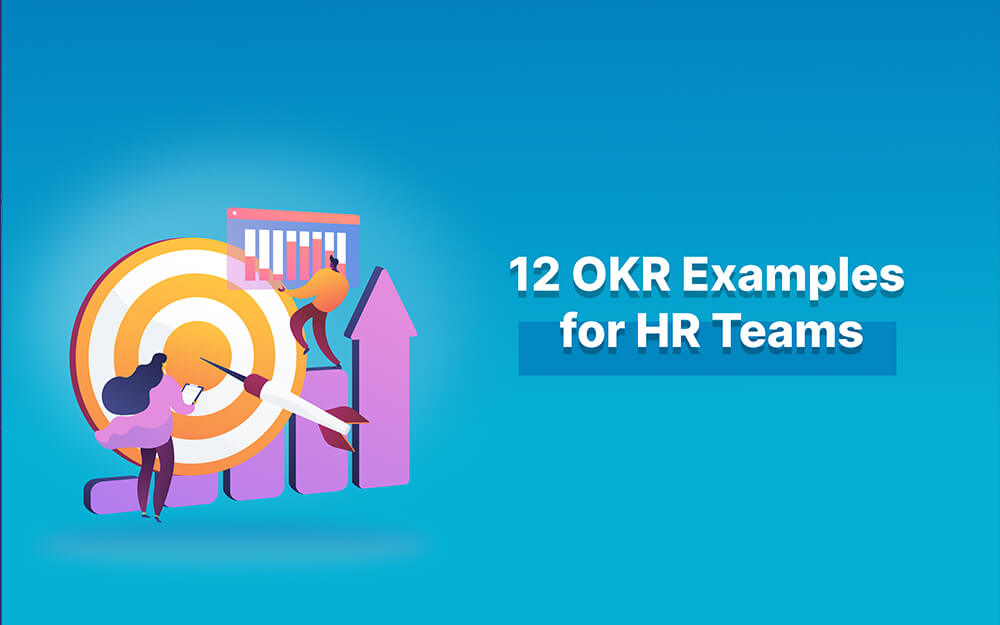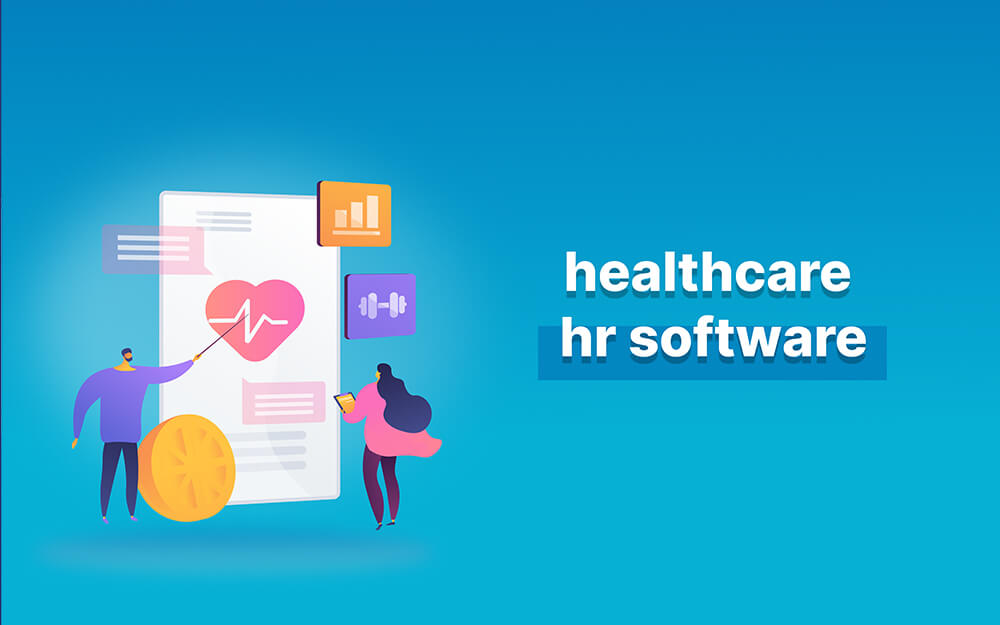12 OKR Examples for HR Teams
What are means HR OKRs?
HR OKRs, which stands for Human Resources Objectives and Key Results, are a framework used by HR departments to set goals and measure progress and success in achieving those goals. OKRs are a popular goal-setting methodology that originated at Intel and have been widely adopted by organizations to drive alignment, focus, and accountability.
Here’s how HR OKRs work:
1- Objectives: Objectives are the overarching goals or outcomes that HR aims to achieve. They should be aspirational, strategic, and aligned with the overall organizational goals. HR objectives typically revolve around improving the effectiveness of HR processes, enhancing employee experience, supporting talent acquisition and retention, fostering a positive work culture, and driving organizational development.
10 of the Biggest HR Challenges in 2023
Example HR Objectives:
– Enhance employee engagement and satisfaction.
– Develop a robust talent acquisition strategy.
– Implement effective performance management practices.
– Foster a culture of continuous learning and development.
2- Key Results: Key Results are measurable and specific outcomes that define the progress toward achieving the objectives. Key Results should be ambitious yet attainable and quantifiable to track progress effectively. They provide clarity on what needs to be accomplished and serve as benchmarks to assess performance.
Example Key Results:
– Increase employee engagement scores by 10% in the annual survey.
– Reduce employee turnover rate by 15% within the next quarter.
– Implement a new learning management system and have 90% employee adoption within six months.
– Conduct performance reviews for all employees and have 95% completion rate by the end of the year.

3- Alignment and Cascading: HR OKRs should align with the overall organizational objectives and cascade down from the company level to team and individual levels. This ensures that HR goals are connected to the broader business strategy and that all HR initiatives contribute to the organization’s success.
4- Regular Tracking and Review: HR OKRs require regular tracking and review to monitor progress and make adjustments if necessary. This can be done through periodic check-ins, progress updates, or quarterly reviews. Regular feedback and data analysis help HR teams stay on track and identify areas that need improvement.
5- Collaboration and Accountability: HR OKRs should involve collaboration and coordination among HR teams and other departments. Clear ownership and accountability for each Key Result are essential to drive progress and ensure that everyone understands their roles and responsibilities.
6- Continuous Learning and Adaptation: HR OKRs encourage a culture of continuous learning and adaptation. If certain Key Results are not being achieved, HR teams can analyze the reasons, make necessary adjustments, and learn from the experience to improve future goal setting and execution.
By implementing HR OKRs, HR departments can align their efforts with the organization’s strategic objectives, track progress effectively, and drive meaningful outcomes that contribute to the overall success of the business.
4 Reasons Mental Health in the Workplace Is Important
What is the importance of HR OKRs?
The importance of HR OKRs (Human Resources Objectives and Key Results) lies in their ability to provide focus, alignment, accountability, and measurable outcomes for HR departments. Here are the key reasons why HR OKRs are important:
1- Alignment with Organizational Goals: HR OKRs ensure that HR initiatives and activities are aligned with the overall strategic objectives of the organization. By setting HR goals that directly contribute to the company’s success, HR departments can demonstrate their value and impact on the organization’s bottom line.
2- Clarity and Focus: HR OKRs provide clarity and focus by clearly defining the desired outcomes and key results that need to be achieved. They help HR teams prioritize their efforts, resources, and time towards the most critical objectives, reducing ambiguity and increasing efficiency.
3- Measurable and Tangible Outcomes: HR OKRs are designed to be measurable, specific, and tangible. This allows HR departments to track progress, measure success, and objectively evaluate their performance. By having quantifiable metrics, HR can demonstrate the value and impact of their initiatives to stakeholders.
4- Accountability and Ownership: HR OKRs establish clear accountability and ownership for the outcomes and results. They assign responsibilities to individuals or teams, ensuring that everyone understands their role in contributing to the achievement of the objectives. This fosters a culture of accountability and empowers employees to take ownership of their work.
5-Continuous Improvement and Adaptation: HR OKRs promote a culture of continuous learning and improvement. If certain Key Results are not being achieved, HR teams can analyze the reasons, make necessary adjustments, and learn from the experience to improve future goal setting and execution. This iterative approach allows HR to adapt and stay responsive to changing needs and priorities.
6- Collaboration and Cross-Functional Alignment: HR OKRs encourage collaboration and cross-functional alignment. By aligning HR goals with other departments, such as operations, finance, or sales, HR can foster synergy and ensure that HR initiatives support the broader organizational objectives. Collaboration across teams facilitates a holistic and integrated approach to achieving organizational success.
7- Employee Engagement and Development: HR OKRs can directly contribute to employee engagement and development. By setting HR objectives related to employee satisfaction, development, and well-being, HR departments can create initiatives and programs that enhance the employee experience. This, in turn, improves morale, productivity, and retention.
8- Data-Driven Decision Making: HR OKRs rely on data and metrics to track progress and evaluate outcomes. This data-driven approach equips HR departments with valuable insights to make informed decisions, identify trends, and measure the effectiveness of HR strategies and initiatives.
In summary, HR OKRs are important as they align HR efforts with organizational goals, provide focus and clarity, foster accountability and ownership, enable measurement and evaluation, drive collaboration, and contribute to employee engagement and development. By implementing HR OKRs, HR departments can enhance their effectiveness, demonstrate their value, and contribute to the overall success of the organization.



